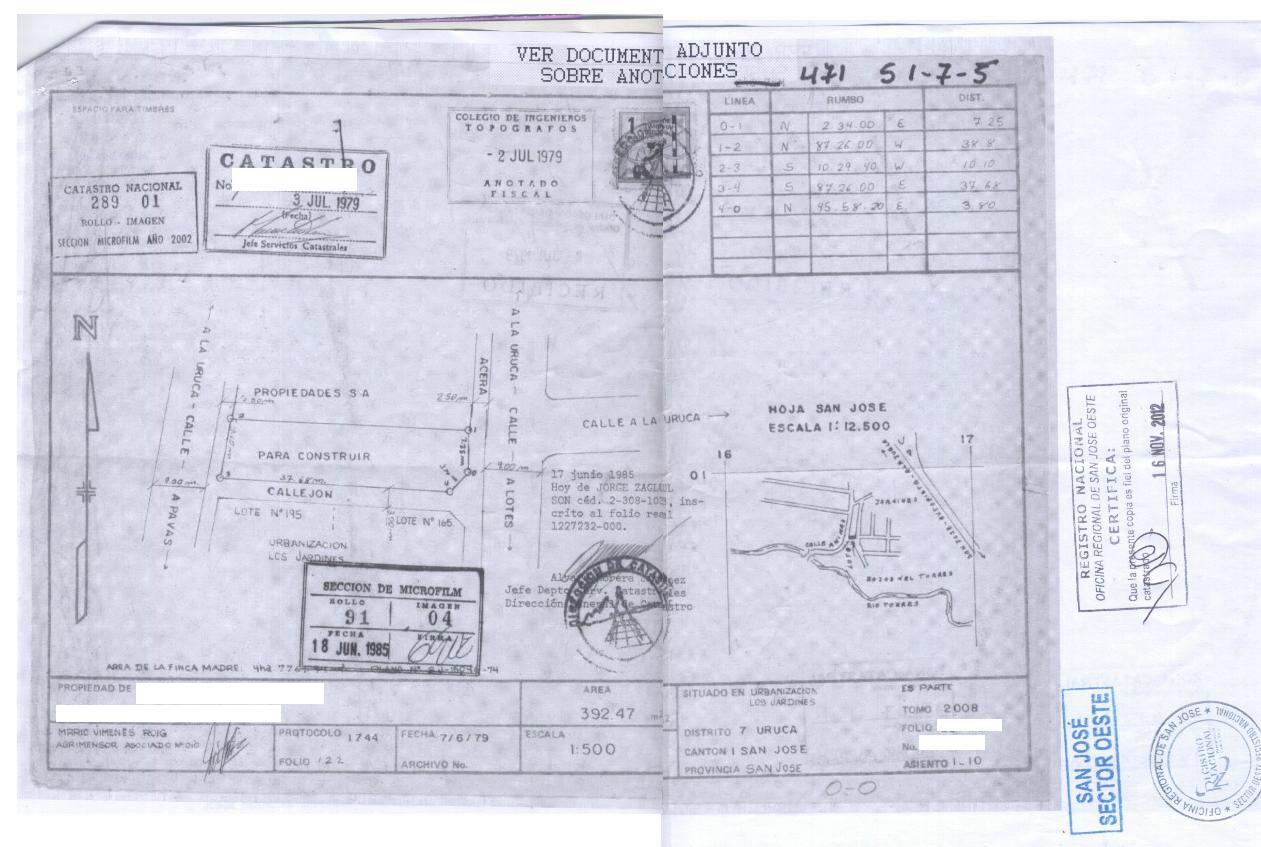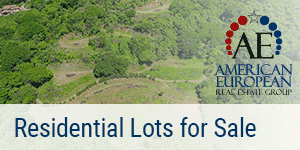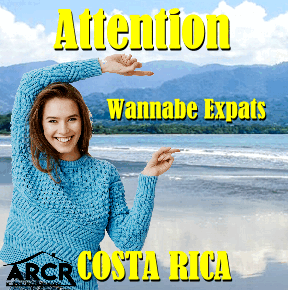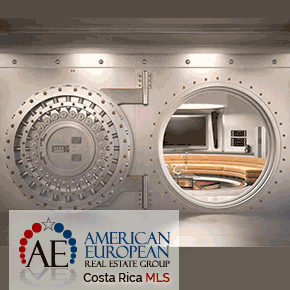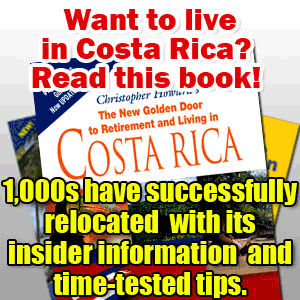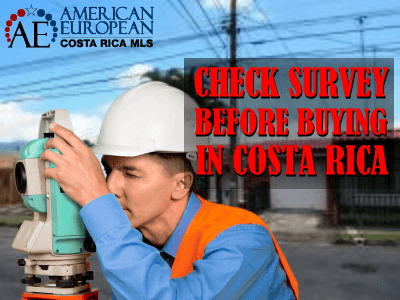 Should you have a good look at the property survey before signing the check to purchase a property? I bet you do! Learn why.
Should you have a good look at the property survey before signing the check to purchase a property? I bet you do! Learn why.
You are ready to put an offer on a Costa Rica property. Have you had a look at the survey map, also called the plot map? You probably have not, but you should.
Any Costa Rica real estate attorney will check the title in the National Register, to see if it is clear, before the closing. But the closing attorney has not seen the property you are buying and will probably never do so.
This is another reason you should use an American European real estate affiliate agent. This is simply because by our groups’ standards the agent is obliged to get a copy of the survey from the seller and check it against the property in person when listing the property.
Only years of selling Costa Rica real estate will teach you those slight differences that nobody notices. In this case, a public street created by a Costa Rica developer was suddenly forgotten and turned into a private access without any legal correction.
A public street turned into private access
We sold the property a week ago for the 2nd time, that’s why I remembered it. This 2-story house and apartment for sale are located in a subdivision near the Mexico Hospital in La Uruca, San Jose. The neighbor on the east side bought two building lots from the developer in 1979 and united these two lots by building a large house on it, which made the street shown on the survey unnecessary.
The 18 feet wide and 114 feet long Public Street between my client’s property and the neighbors to access the lower lot was no longer necessary. The end of the street is a 90 feet drop-off in a canyon. The street was closed and divided by both neighbors physically.
The developers’ closing attorney
When the developer sold the two building lots to the neighbor in 1979, the buyers’ attorney should have united the two lots and eliminated the access street, which is called “callejon” that shows on the survey of the property. My educated guess is that the developers’ attorney was used for the closing and nobody bothered to make the changes.
Illegal construction
At some time between 1979 and now, both neighbors each took half the street (illegally). The neighbor built her house on her half of the street. The city never checked, there were zero controls by the engineering department at the time. The owner of the property we are listing used it for a covered garage. At the same time, it is access to an apartment on the lower part of the property.
When we listed this property some years ago, we spoke to the neighbor and she was not willing to cooperate rectifying the problem in the National Registry.
Question
Should we list the property or not?
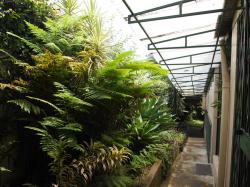
Answer
Yes, we listed the property. Then we made sure the buyer understands that a clear title over these extra 1,000 square feet cannot be realized. And of course, we told the buyer that the sales price does not include this unregistered land. We just sold this property again and the buyer took a mortgage on the property when he purchased. The banks’ appraiser agreed with us on the situation and just left the “callejon” or extra land out of the appraisal.
I recommend any buyer of Costa Rica real estate to hire not only a well-seasoned real estate agent but also a surveyor to check the boundaries if there is any doubt.
Your trusted agents can get you in touch with a well-seasoned surveyor who knows the area well. Contact us NOW to get you in touch with an experienced real estate agent.
Feel free to leave your comments on this blog. If you like this article, please feel free to share it on your social media.
If you like this blog, connect with me on Google+ or subscribe to our newsletter by clicking the banner below.
While we’re at it, I DO want to remind our readers that we appreciate any referrals you can send us. Finally, please remember the American-European real estate Group’s agents when you refer a real estate agent. Because we DO appreciate your business.



